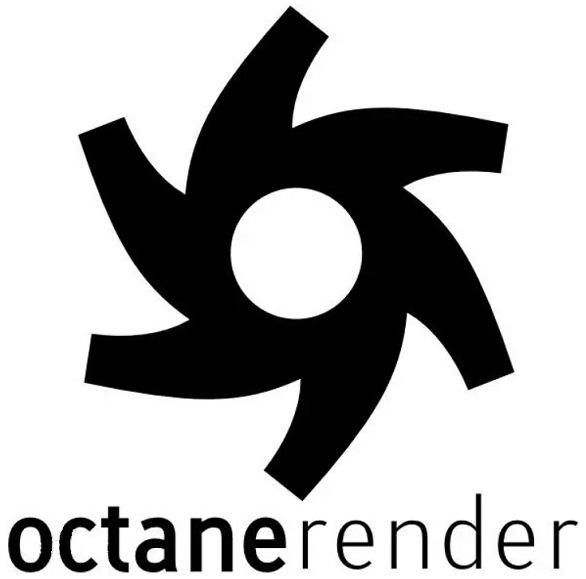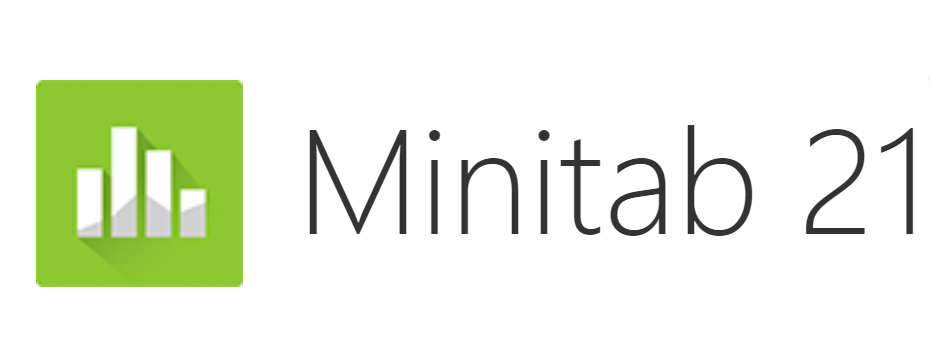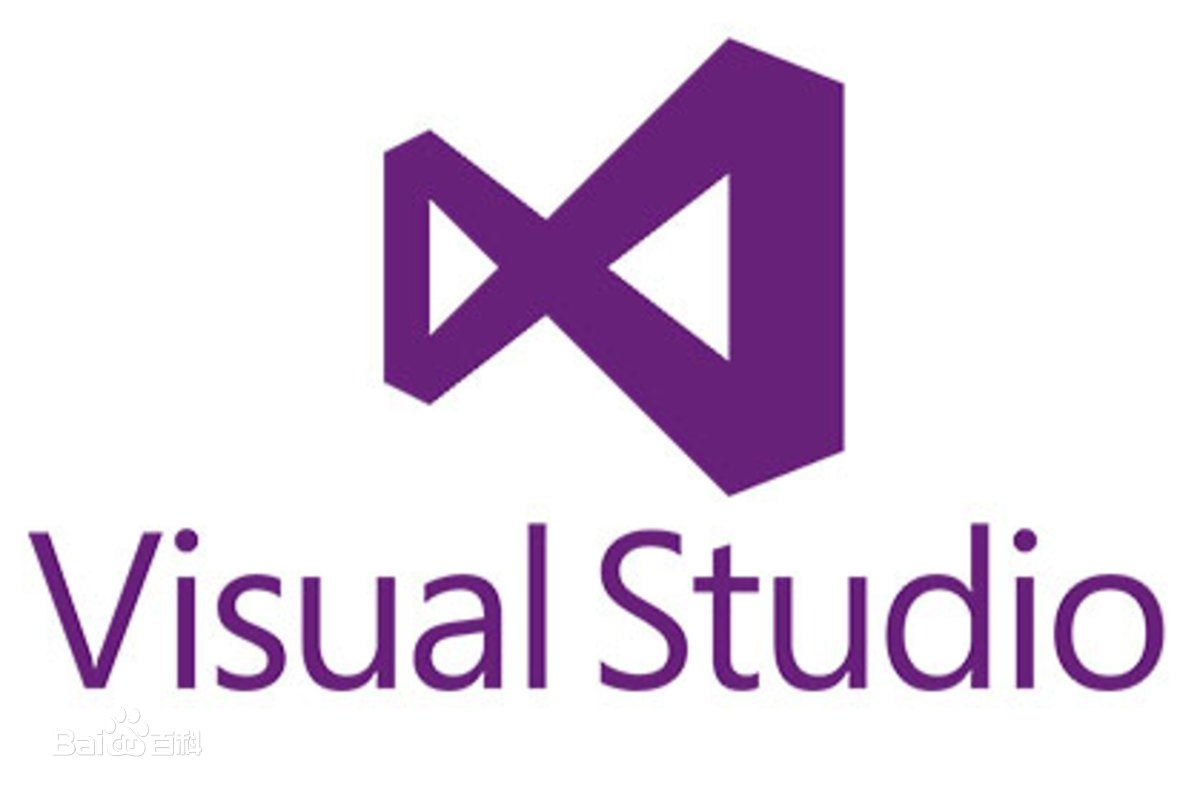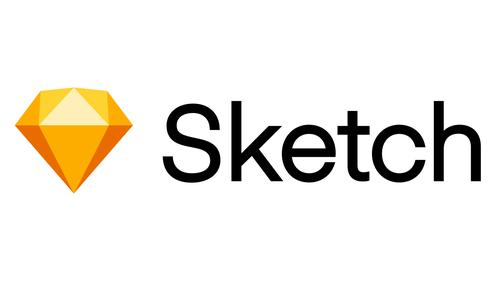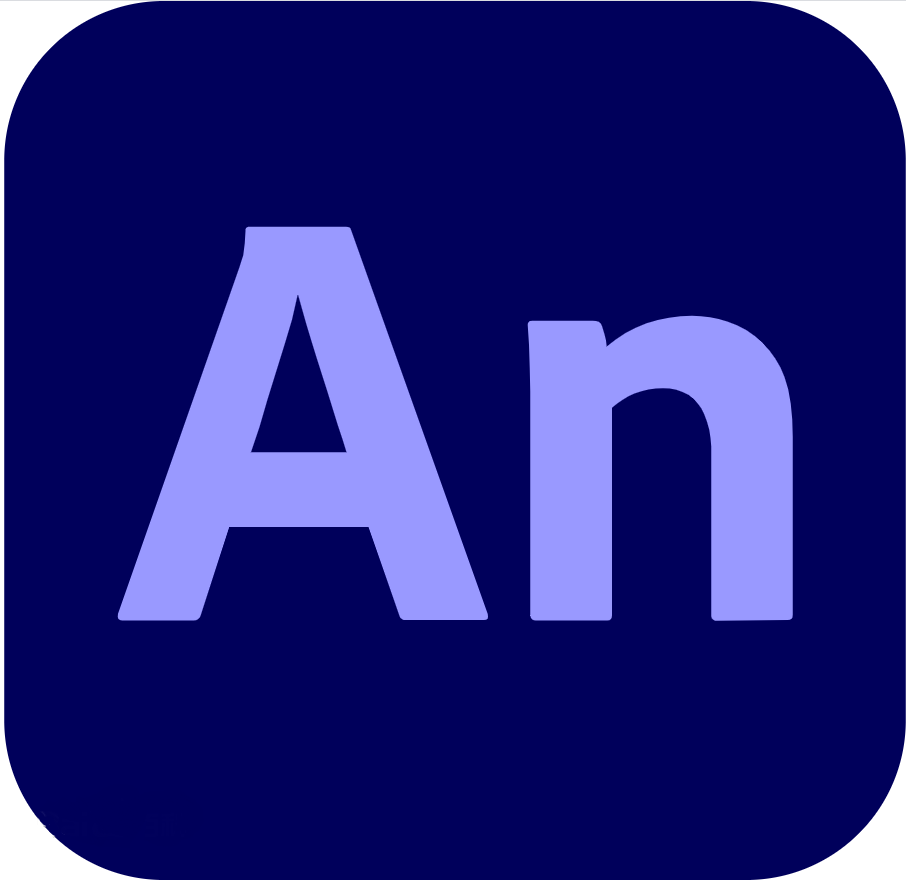KeyShot is an interactive ray tracing and global light rendering software for 3D rendering and animation production. It can generate photo realistic 3D rendered images without complex settings, meeting all the needs of designers, engineers, photographers, CG experts, marketers, and others in their work. In today's design field, Keyshot is undoubtedly a powerful rendering and animation software, renowned among designers worldwide for its efficient workflow, realistic rendering effects, and user-friendly interface.
How does Keyshot create a mirror model?
When using Keyshot for model design, the mirroring feature is a very practical tool, especially when creating symmetrical objects. The steps for model mirroring are as follows:
1. Select Model: First, import the model into Keyshot, and then select the model components you want to mirror in the scene.

2. Apply Mirror: Find the "Mirror Tool" in the toolbar. This tool allows users to mirror selected models along the X, Y, or Z axis. Select the appropriate axis and click Apply to see the model mirrored.

3. Position adjustment: After mirroring, it may be necessary to fine tune the model to ensure its correct position. You can adjust the position of the mirrored model by using a moving tool to ensure alignment with the original model.

Through these simple steps, designers can easily mirror models in Keyshot, greatly improving design efficiency and accuracy.
How does Keyshot render mirror effects?
Rendering mirror effects is one of the key steps in creating high-quality visual effects in Keyshot. Here is a guide to achieving this effect:
1. Material selection: In order to create a mirror effect, the first step is to select the correct material for the model. Keyshot offers a variety of materials that can produce specular reflection effects, such as metal, glass, or specific plastic materials.

2. Adjust material properties: After selecting the appropriate material, the mirror effect can be further refined by adjusting parameters such as reflectivity, refractive index, and smoothness of the material. Increasing the smoothness of the material will make the reflection clearer and simulate the real mirror effect.
3. Set ambient lighting: Environmental lighting is crucial for rendering mirror effects. Choosing the appropriate environment or custom lighting settings can enhance the specular reflection effect of the model, making it look more realistic and vivid.
By precisely adjusting material properties and lighting settings, impressive mirror effects can be rendered in Keyshot, adding highlights to the final design.
How to render three views in Keyshot?
In the fields of product design and engineering, three views are important tools for expressing design intent. Rendering three views in Keyshot can help designers better showcase and communicate their design ideas. The following are the steps for rendering three views:
1. Set camera angle: In order to create three views (i.e. top view, front view, and side view), three different camera angles need to be set separately. In Keyshot, you can set these specific views by adjusting the camera's position and orientation.
2. Adjust rendering settings: For each view, you can adjust rendering parameters as needed, such as resolution, anti aliasing level, and lighting type. These settings will directly affect the quality of the rendered image.
3. Batch rendering: Keyshot supports batch rendering function, allowing users to render multiple views at once. By pre-set different camera angles and applying batch rendering, the entire set of three views can be efficiently obtained.
By mastering the method of rendering three views in Keyshot, designers can more conveniently carry out design verification and communication, improving the efficiency of the workflow.




